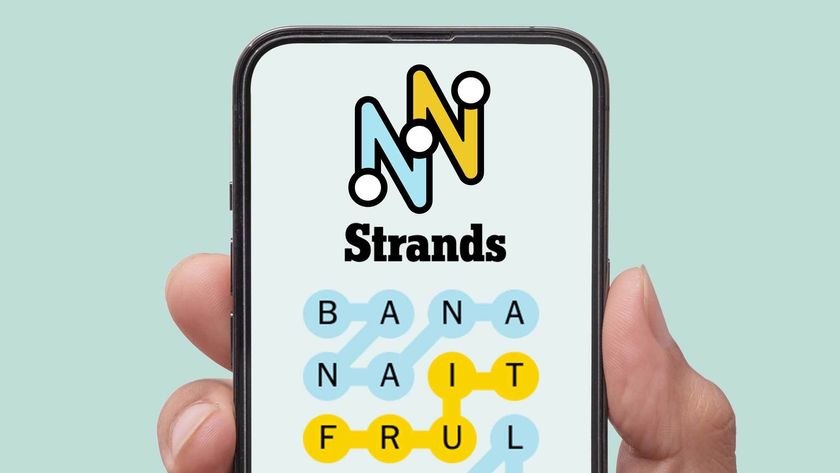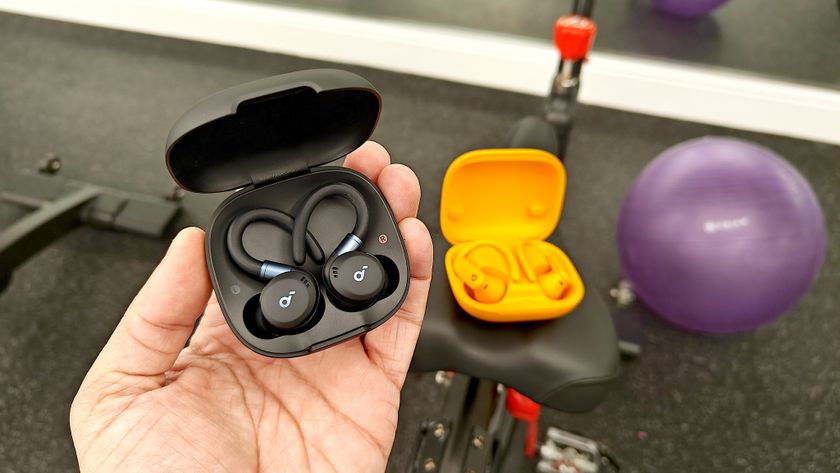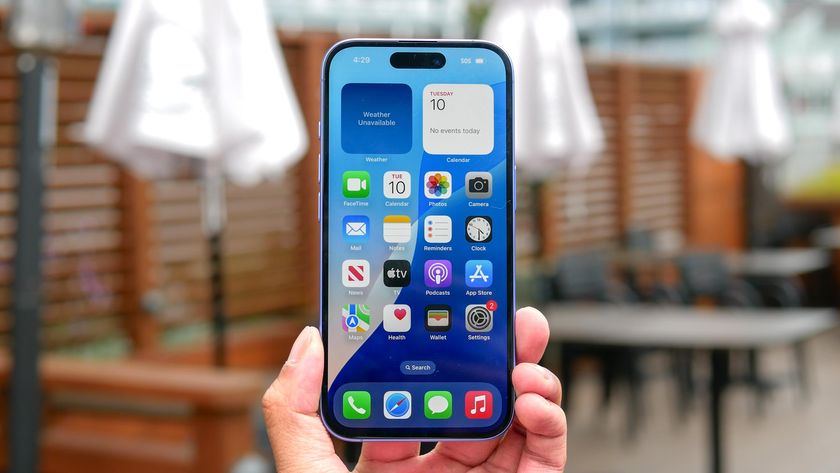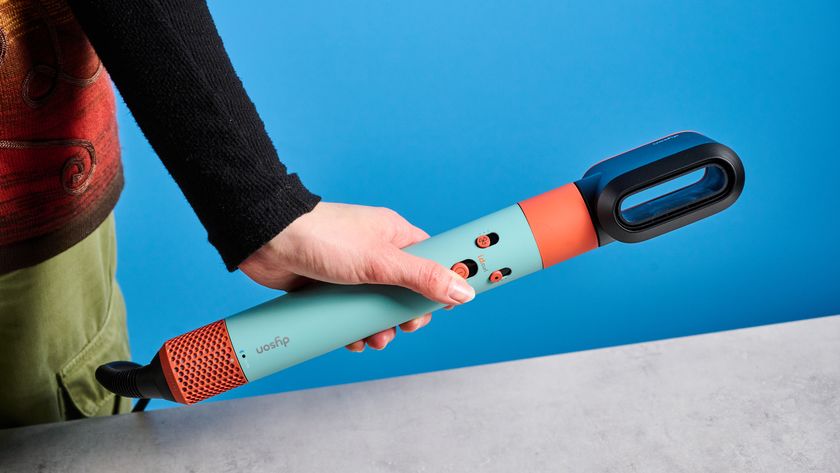Skip the New iPhones If They Don't Have These 5 Upgrades
The iPhone X proved a hit even at $1,000, but Apple will have to do a lot more to make the masses give up their old, good-enough iPhones.
"$1,000 for a phone!" "That notch is ugly." "No home button?"
The iPhone X had a lot of naysayers at its 2017 launch, but fast-forward nearly a year, and the phone has spawned dozens of copycats trying to emulate Apple's success.
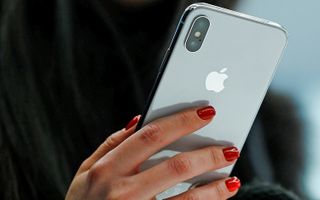
What will Apple do for an encore to try and stay ahead of the likes of the Galaxy Note 9, the upcoming Pixel 3 and Huawei's flagships?
We'll find out this Wednesday (Sept. 12), as the company is expected to unveil three new iPhones that should leverage the same design language as the iPhone X but spread it across a broader range of prices and sizes.
But Apple's biggest foe isn't actually other phone makers; it's inertia. According to research firm Kantar Worldpanel, U.S. customers were holding on to their phones for an average of 25.3 months by the end of 2017, up from 23.6 months in 2015. And that trend is accelerating.
"Five to six years ago, you could practically plan on people replacing their phones every two years," said Ramon Llamas, an analyst at IDC. "Today, it is stretching out to 2.5-2.75 years, and even longer in other parts of the world. Reason being: A lot of phones that are out there can be deemed good enough, even with OS upgrades."
Apple will also have to continue to push the envelope in several areas — including camera performance and Siri's smarts — to compel consumers to upgrade.
Playing camera catch-up
"Camera and display continually come back among the top drivers of things people look for in getting a new smartphone," said Ben Bajarin, an analyst at Creative Strategies. "So, I think anything with camera enhancements is going to help."
Based on our most recent camera face-off with the iPhone X, Pixel 2 XL and Galaxy Note 9, it's clear that Apple has fallen behind the competition in low-light photography. Other camera phones have also seemed to leapfrog Apple's in leveraging artificial intelligence to recognize scenes and deliver the best possible image by optimizing settings on the fly.

Apple was the first to feature a 2x optical zoom on a smartphone, with the iPhone 7 Plus, but the Huawei Mate P20 Pro boasts a 3x zoom with its triple camera phone. Even without much of a U.S. presence, Huawei has vaulted past Apple to become No. 2 in smartphone sales worldwide.
MORE: Best Smartphone Camera - Phones with the Best Photo Quality
"I think if Apple can somehow come up with an even better optical zoom, that would be highly valuable, as that is one of the top requested new features," said Bajarin.
Building on the OLED wow
What about displays? Based on our testing, the iPhone X's OLED display was practically perfect. But the Galaxy Note 9's panel is sharper and even more colorful. Apple could wind up borrowing some features from its other products.
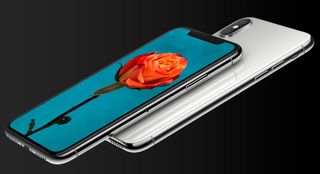
"I'm hoping we'll also get better displays with variable refresh rates (like the iPad Pro) and Dolby Vision HDR (like Apple TV 4K)," said Avi Greengart, research director of consumer platforms and devices at GlobalData.
MORE: New Video Shows iPhone XS from Every Angle
The iPad Pro's ProMotion display is designed to offer better responsiveness and smoother motion when you're viewing content. And because the refresh rate changes to match the movement of the content, it can help reduce power consumption.
Better battery life
That brings us to one other area of potential improvement. The successors to the iPhone X could also use longer battery life. The best Android phones last anywhere from 12 to 14 hours on our web-surfing battery test, while Apple's flagship lasted a bit under 11 hours.
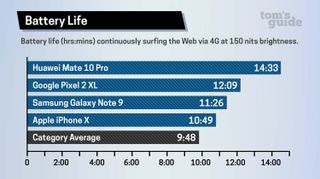
That's better than the average smartphone's time of 9 hours 48 minutes, but nowhere near the times from top flagships like Huawei's Mate 10 Pro or Google's Pixel 2 XL.

Apple likely won't stuff much larger batteries into its new handsets, but they should be more efficient, thanks to the A12 processor that will likely power the new phones. Thanks to this chip's 7-nanometer manufacturing process, the A12 is rumored to use up to 40 percent less power.
More approachable pricing
The 5.8-inch iPhone XS and 6.5-inch iPhone XS Max (rumored names) are expected to occupy the high end of the smartphone market with their OLED displays. But Apple may also announce a more affordable 6.1-inch iPhone 9 with an LCD screen. And this could inspire lots of people to upgrade from their relatively tiny 4.7-inch iPhone 6s or iPhone 7 devices.
MORE: Massive iPhone Leak Reveals Specs: Here's What You'll Get
"The main thing I'm looking to see from Apple is the new iPhone X form factor and user experience at a lower price," said Greengart. "The iPhone X proved to be so desirable that demand has been strong even well into its first year of sales, but some consumers were priced out."
Some reports peg the iPhone 9's price at $699, but that could go as high as $750, making the iPhone 9 potentially pricier than an iPhone 8. Shoppers may be willing to pay that premium for a larger display, though.
The iPhone XS and iPhone XS Max will reportedly cost $899 and $999, respectively, but those prices may run even higher.
A more useful Siri
In comparison after comparison with Alexa and Google Assistant, Siri has come up short. But Apple's assistant is getting smarter with iOS 12, which will launch alongside the new iPhones. With the new Shortcuts feature, you'll be able to create personalized shortcuts to help save you time.
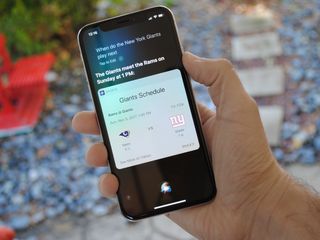
For example, you could send a text, turn on a podcast and get directions home all at once. The problem is that all iPhones capable of running iOS 12 (dating all the way back to the iPhone 5S) will get this feature. Apple needs to demonstrate that there are certain AI advantages to upgrading to the latest hardware, such as in the camera or in managing battery life.
MORE: Alexa vs. Google Assistant vs. Siri: Google Widens Its Lead
"Right now Siri's very much an "ask it a question" interface, while Siri Shortcuts will make it much more a tool to control your phone without having to pick it up and tap around," said Jason Snell, a noted Apple expert and editor of sixcolors.com
You shouldn't hold your breath for a Google Assistant killer, though, as it's going to take time for Apple to catch up.
"We could also see new AI and AR features, but the most-needed AI improvement — a much smarter Siri — is likely a gradual, longer-term project [rather] than something we'll see at a product-launch event," said Greengart.
Bottom line
With many people choosing to hold on to their smartphones longer, Apple will need to convince shoppers that its new iPhones are upgrade-worthy, due to a combination of design, performance and special features that no one else can match. And while the rumors about the new iPhones look promising, the increasing costs associated with jumping to the next big thing put that much more pressure on Apple to deliver something that addresses users' key pain points while also satisfying their gadget lust.
Sign up to get the BEST of Tom's Guide direct to your inbox.
Get instant access to breaking news, the hottest reviews, great deals and helpful tips.
Mark Spoonauer is the global editor in chief of Tom's Guide and has covered technology for over 20 years. In addition to overseeing the direction of Tom's Guide, Mark specializes in covering all things mobile, having reviewed dozens of smartphones and other gadgets. He has spoken at key industry events and appears regularly on TV to discuss the latest trends, including Cheddar, Fox Business and other outlets. Mark was previously editor in chief of Laptop Mag, and his work has appeared in Wired, Popular Science and Inc. Follow him on Twitter at @mspoonauer.
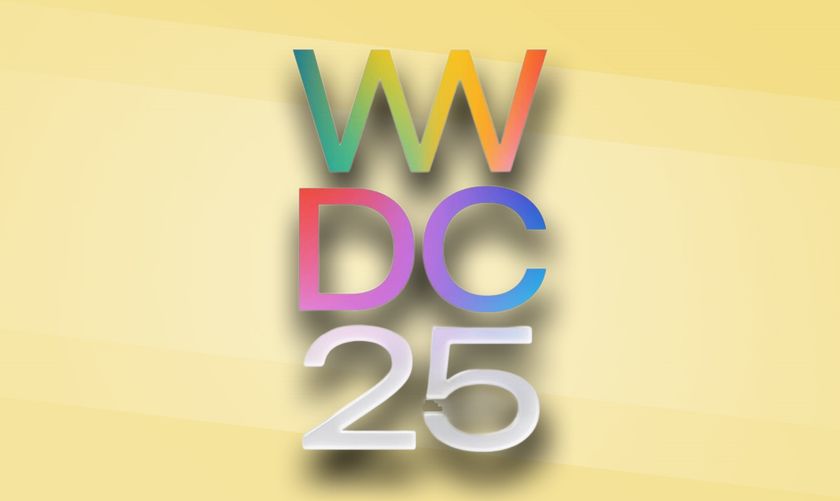
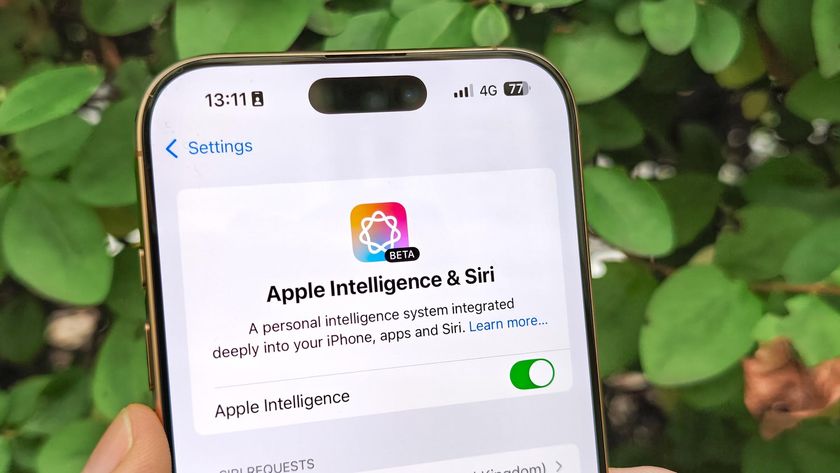
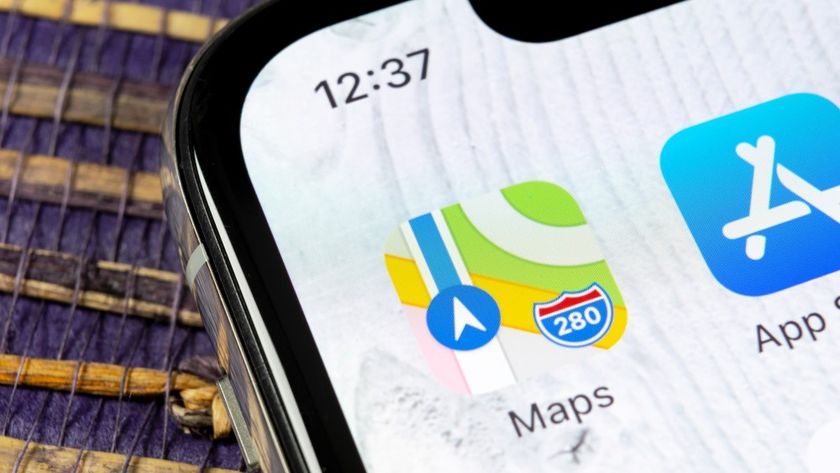
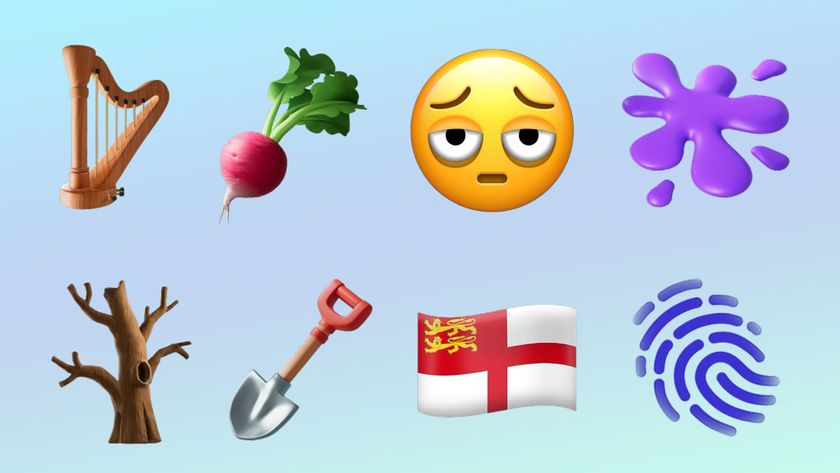
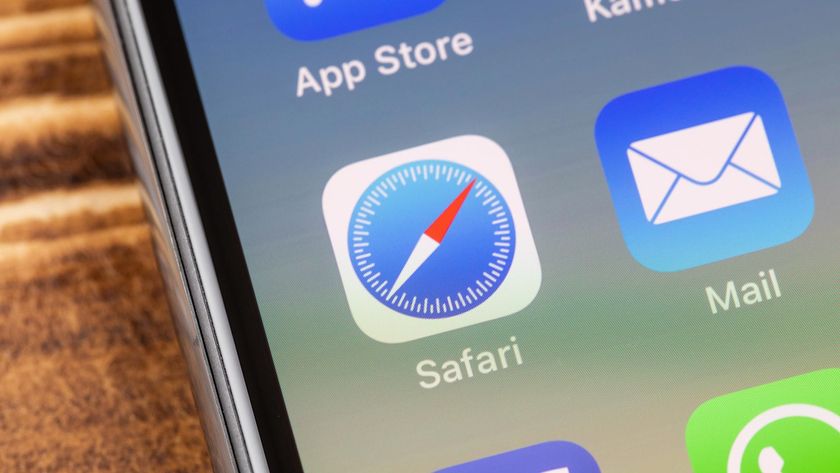

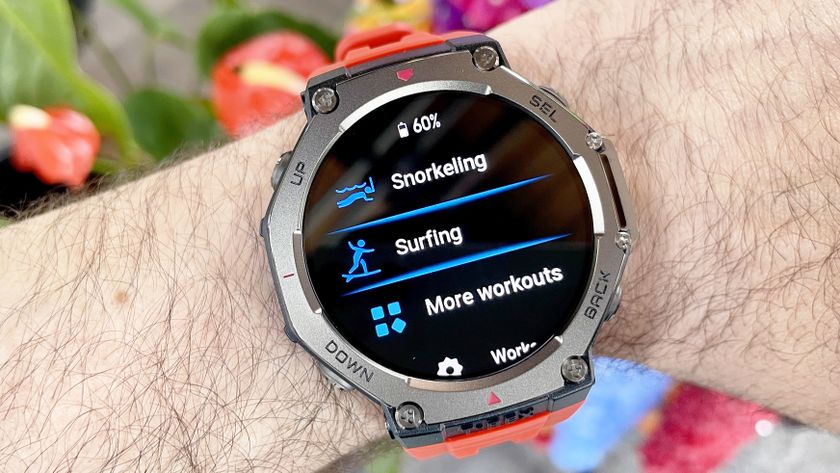

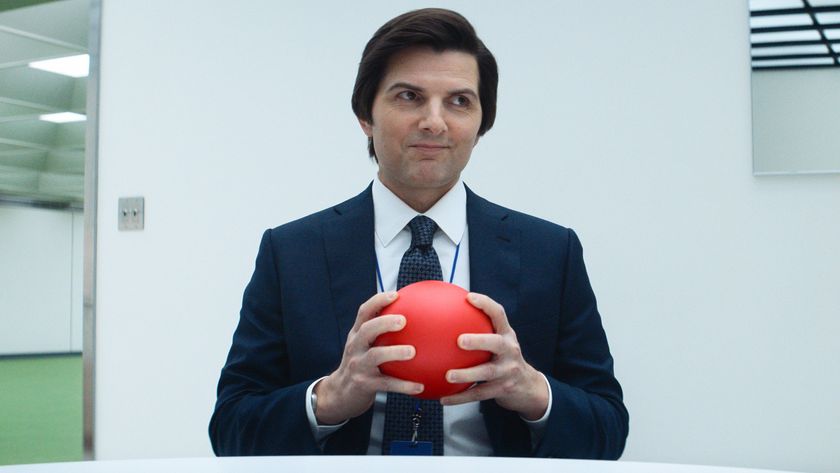

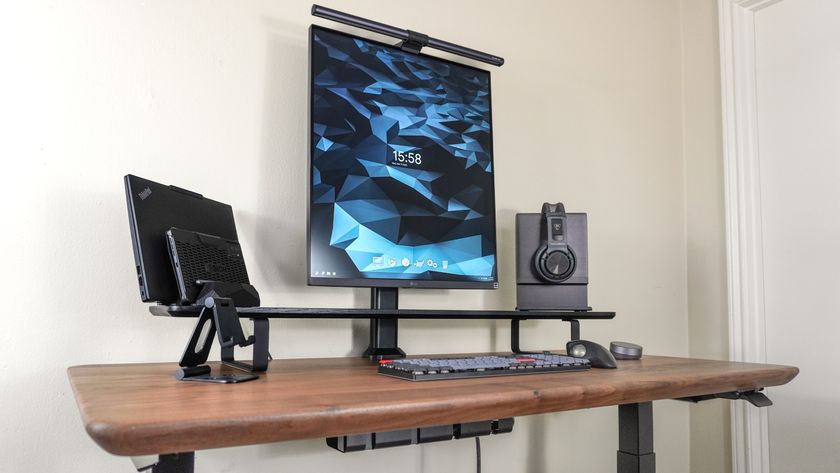
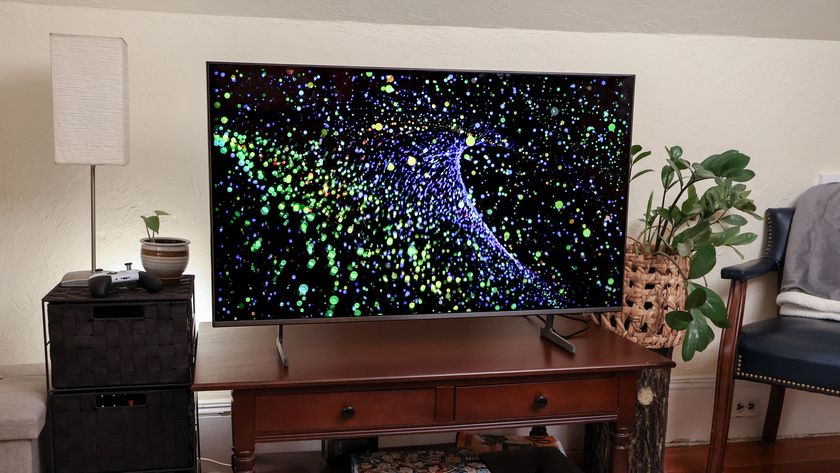
-
webgtlnbrgrs iPhone is ugly compared to OPPO FINDX no doubt about it .. Popup Camera, no notch .. end to end glass, Beautiful … If Apple omits finger print on the new phone, I will trade the 7 Plus for a new shiny Oppo FIND X no doubt about it ......Reply -
oufan08 Popup camera, wait till that crap breaks!!Reply
This article is dumb! My iPhone X has absolutely been fantastic. The battery gets me through a full day and then some without issue. Siri works great for everything I need, in fact Siri voice dictation of messages is more accurate than Google has been.
Comparing the brand new Note 9 with a phone that's been out a year- yawn! -
webgtlnbrgrs We were talking about LOOKs, not performance.. iPhone had battery problems, they replaced it, cost me half days work and $29.00, but if you can predict when or what will break you are really COOL ,,, Remember one thing in life, you pass the same people on the way down that you did on the way up.. No one remains the best for infinity ..To each his own.... ENJOY the notch ... APPLE CUTTING EDGE>>>> no longer, they make great phones no doubt, I have owned once since day one... that's why they make Vanilla, Chocolate and Strawberry..Reply
Who mentioned NOTE 9....

